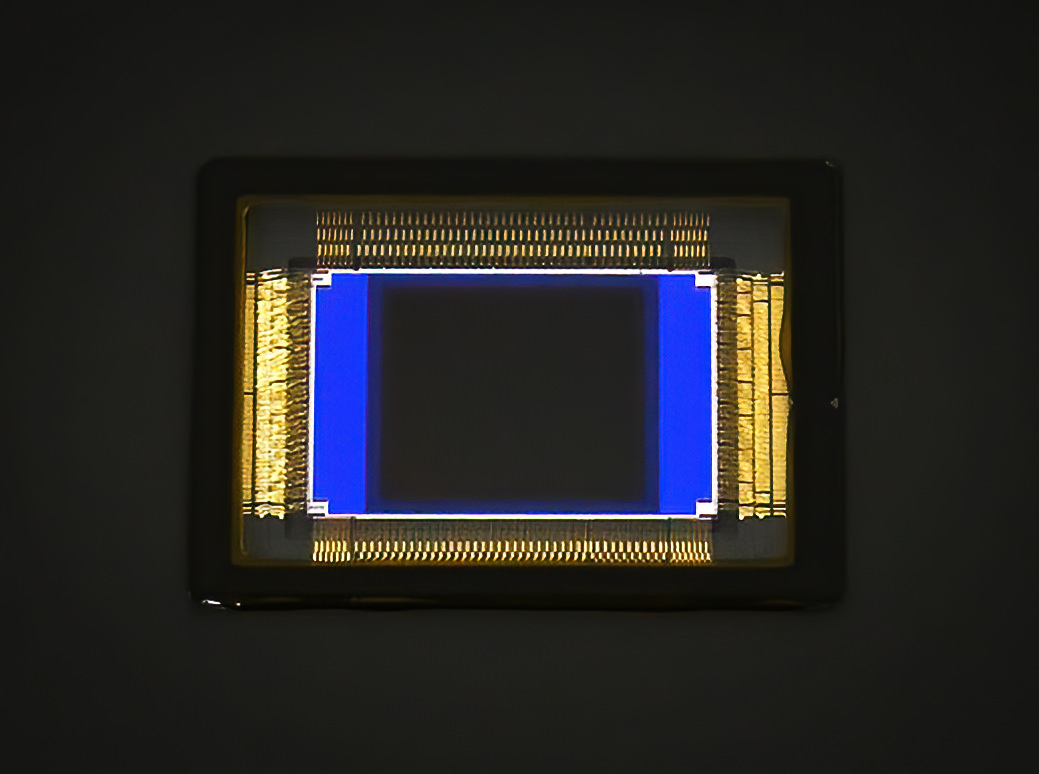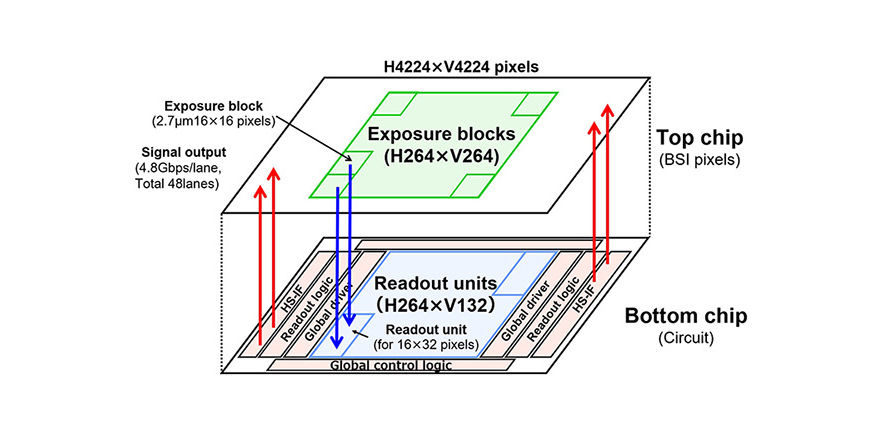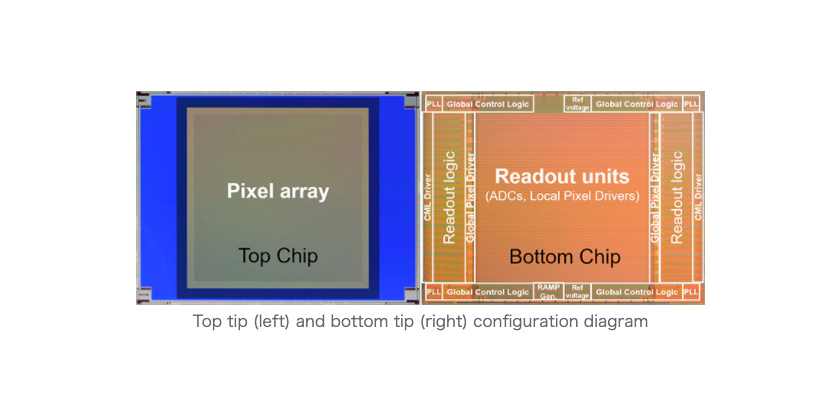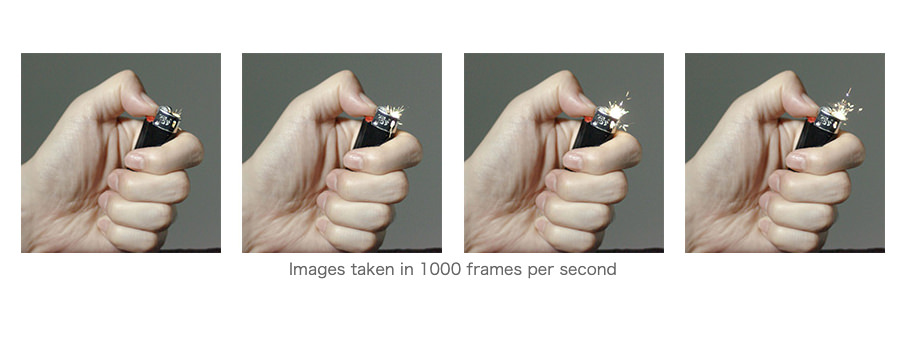Nikon Develops 1-Inch Square Sensor that Can Shoot 1,000fps in 4k
Nikon is known to use Sony sensors in a number of its imaging products, but it also develops its own sensor technology. In fact, Nikon Japan has announced the development of a 17.84-megapixel 1”-type square stacked CMOS image sensor that can shoot high-resolution images at up to 1,000 frames per second in shoot 4K and promises a particularly impressive wide dynamic range.
The announcement comes after its initial unveiling at the International Solid-State Circuits Conference in San Francisco on February 15. Nikon says that while it is an optical equipment manufacturer, it is also engaged in the research and development of cutting-edge image sensors. Nikon goes on to say that it chose to invest in this area because of the high demand for compact, lightweight, high frame rate, wide dynamic range, high-resolution image sensors on the market.
“The technological development of image sensors is indispensable for Nikon, which leads the video industry, and we will continue to research and develop sensors in response to market demands,” the company writes.
Key features:
1. Industry-leading HDR characteristics of 110 dB and high-speed shooting of 1000 frames per second
By adopting a fine pitch laminated connection technology that can handle a 2.7 um pixel size, the top chip with the image sensor can be controlled directly from the logic circuit of the bottom chip, realizing high-speed video shooting with a wide dynamic range of 110 dB and 1,000 frames per second at a high resolution of 4K ×4K pixels while being a 1-type sensor size. High-speed read-out enables super slow motion shooting of up to 1000 frames per second.
In addition, for shooting at 60 frames per second, a wide dynamic range of 134 dB is achieved.
Images taken in 1000 frames per second
2. Exposure can be controlled for each area of the screen
The top tip has 16×16 pixels in one block and 264×264 blocks (4224×4224 pixels) split on one screen. These blocks now allow fine-grained control over exposure time for each area of the screen from the bottom chip.
This feature allows you to express a wide dynamic range, allowing subjects with large light and dark differences to clearly capture the entire screen without crushing dark areas or overexposing light.
Nikon mentions possible markets for this sensor ranging from compact cameras and smartphones to industrial purposes like cars.
More info on Nikon’s website.




